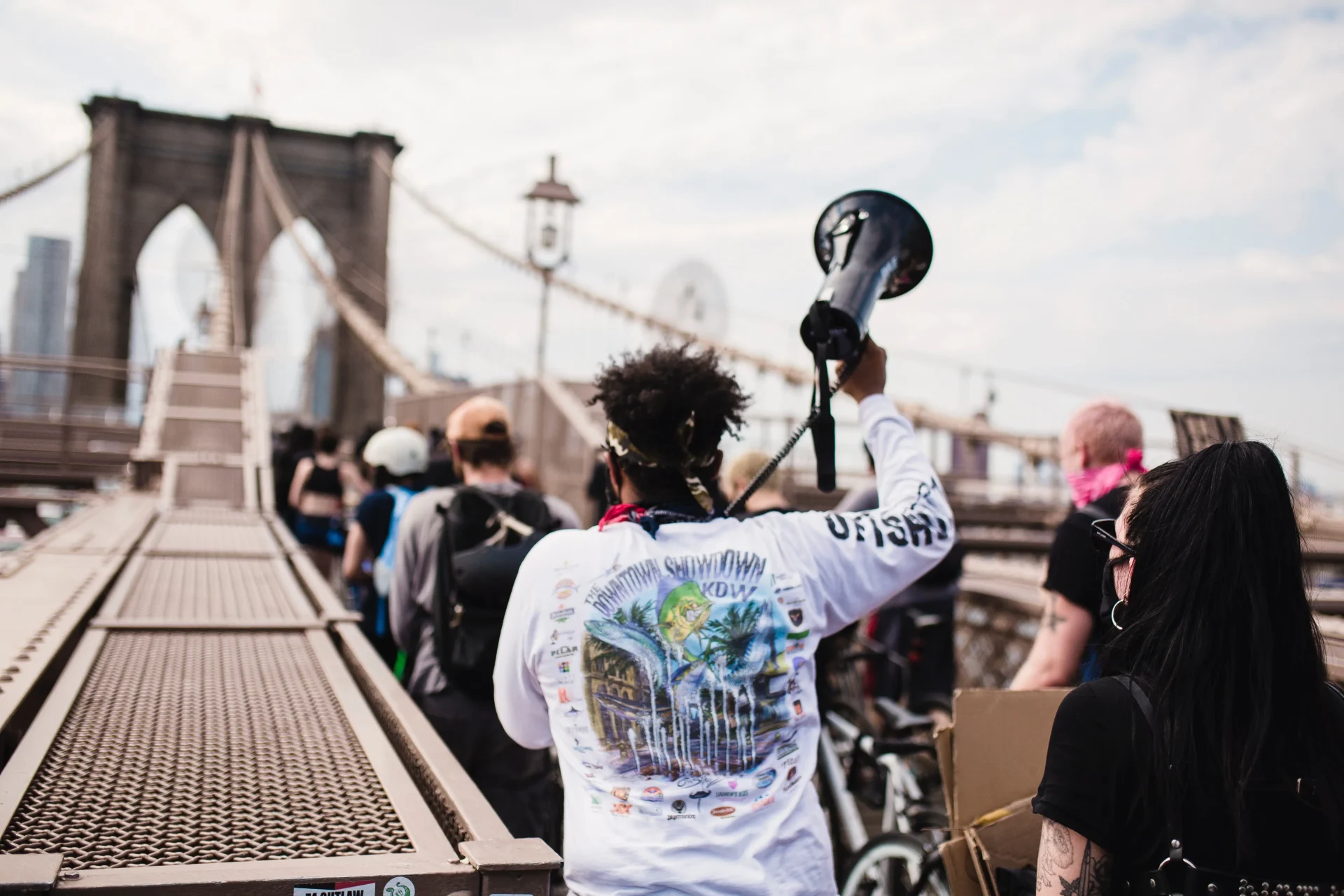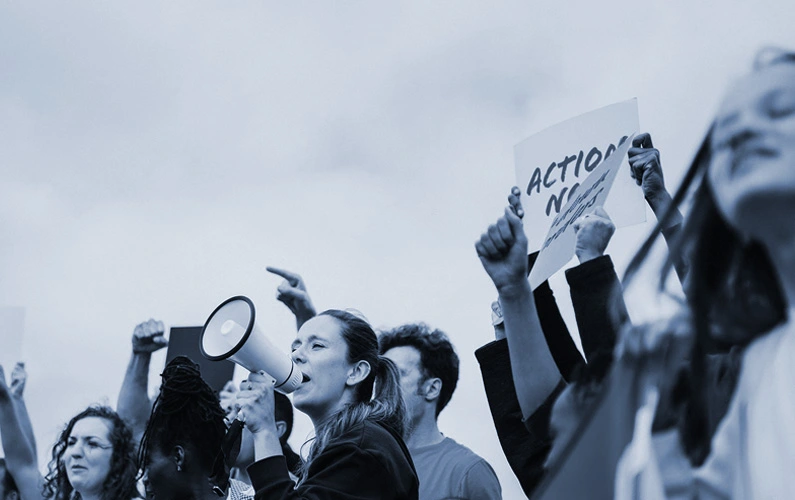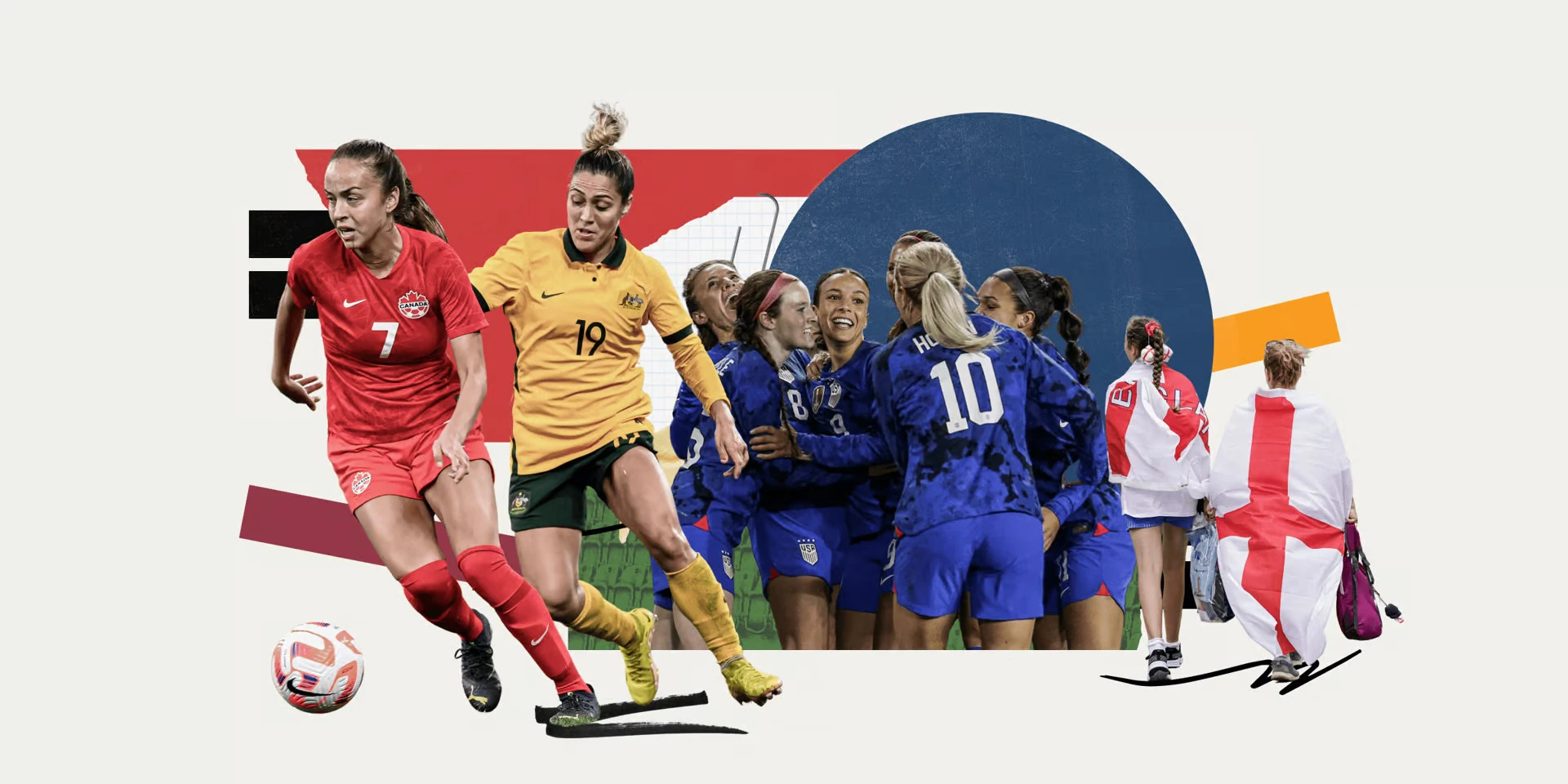
As Black History Month concludes, it’s an ideal moment to reflect on brand initiatives that unfolded in October. While some brands have effectively embraced this cultural celebration, others faced criticism for their approach. This raises a fundamental question: How can brands honour cultural holidays, such as Black History Month, without appearing performative?
A Blueprint for Sustained Activism
Increasingly, brands have seized the opportunity presented by Black History Month to run special campaigns, highlighting their commitment to diversity and inclusion. Today, 64% of consumers take action after encountering ads they view as diverse and inclusive, underscoring the undeniable need for year-round inclusivity.
Channel 4’s ‘Black to Front‘ project in 2021 serves as an outstanding example. The channel reimagined its entire schedule, featuring content exclusively fronted by Black talent. From show introductions to on-screen talent, social media, All4, and even advertisements like our Gousto ad, this bold project celebrated Black excellence comprehensively. This endeavour resonated with a staggering 7 million people, equivalent to 11.6% of the TV population.
The project’s power lay in its sustained nature, coupled with concrete promises to ‘supercharge change in Black representation off-screen.’ Channel 4 committed to increasing Black representation behind the camera, providing opportunities for career progression and creative control for Black talent in the industry. The project made a tangible impact, with over half of viewers becoming more aware of the challenges facing Black and minority ethnic individuals in society. This positioned Channel 4 as a fearless channel unafraid to tackle important issues, resonating with 85% of viewers.
The Perils of Insensitivity
Conversely, there have been instances where brands faced backlash for Black History Month campaigns that appeared profit-driven. Apple, for instance, received criticism during Black History Month for their ‘Unity Challenge.’ This challenge encouraged Apple Watch users to work out for seven days straight in February to celebrate the holiday, a move widely deemed ‘unbelievable and unacceptable.’ Such situations highlight the perils of insensitivity in an era where consumers swiftly hold brands accountable for their actions. With 80% of consumers unwilling to purchase from scandal-plagued companies and 70% of Gen Z consumers seeking ethical brands, it’s imperative for brands to act responsibly during cultural celebrations like Black History Month.
Strategies for Authentic Inclusivity
To navigate this complex landscape, brands must adhere to core principles:
- Year-Round Commitment: Showcase your brand’s continuous work to foster diversity, equity, and inclusion. Prioritising inclusivity solely during cultural holidays is no longer enough.
- Authentic Amplification: When planning campaigns, partner with a variety of Black creators and keep them at the campaign’s core. Ensure Black individuals are involved in every aspect to amplify their stories authentically, respecting the diversity of experiences within the community. This addresses the issue where only 38% of Black individuals feel understood by brands.
- Support the Community: Financially support Black charities and Black-owned businesses consistently throughout the year. In a world where 45% of consumers believe retailers should actively support Black-owned businesses, this commitment goes beyond token gestures and makes a real impact.
In a world where younger consumers wield financial influence and scrutinise brand values, ethics, and actions, it’s crucial for brands to proactively foster internal diversity and inclusion while genuinely supporting marginalised communities.










Recent Comments